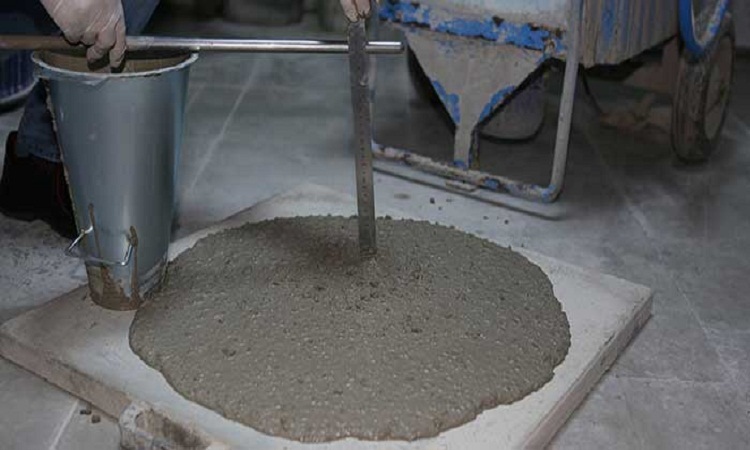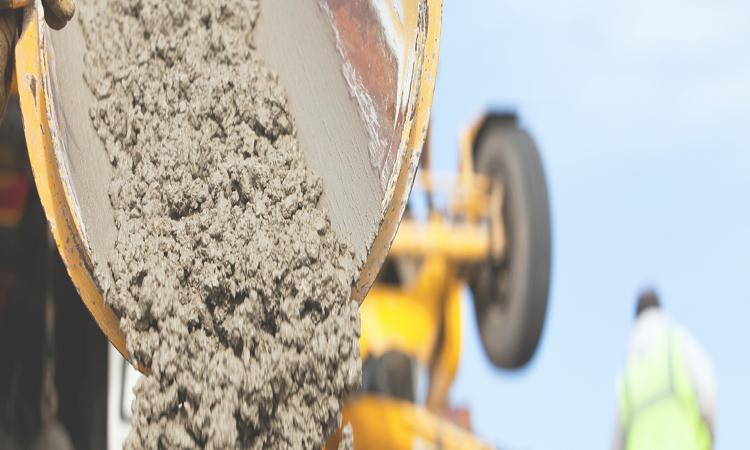Batching is the process of measuring materials or ingredients to prepare concrete mix or mortar mix is known as batching of concrete or mortar. The batching of concrete ingredients or mortar material is the same as preparations of a dish in cookery according to a recipe wherein different ingredients depending…
What is Alccofine? Its Application and Advantages
Alccofine is a new generation, micro-fine material of particle size much finer than other hydraulic materials like cement, fly ash, ground granulated blast furnace slag (GGBS), silica fume, etc. being manufactured in India. Alccofine has special attributes to enhance the performance of concrete in the fresh stage & hardened stage…
What is Drying Shrinkage? Its Occurrence, Causes, and Preventive Measures
Drying shrinkage occurs when water begins evaporating from the exposed surface and the moisture differential along the depth of the slab causes strain which induces tensile stresses. The driving force for drying shrinkage is the evaporation of water from the hydrated cement paste which is exposed to air with a…
What is Crazing in Concrete? Its Causes and Preventive Measures
What is Crazing in Concrete? Cracking of concrete can occur both in plastic as well as in hardened stage. After several weeks or even earlier hardened concrete displays hairline, discontinuous, closely spaced surface cracking. This is called “Crazing”. The use of smooth and impermeable formwork surface (steel, plastic) or…
Chemical Admixtures – Its Types, Advantages, and Disadvantages
Chemical admixtures are the ingredients in concrete other than Portland cement, water, fine aggregates, and coarse aggregates that are added to the mix immediately before or during mixing concrete. Producers utilize chemical admixtures to reduce the cost of concrete construction; to modify the properties of hardened concrete; to ensure the…
Environmental Benefits of Using Green Concrete
The concrete is made with concrete wastes and residual materials from different industries which are eco-friendly so-called “Green Concrete”. The other name of green concrete is resource-saving structures with reduced environmental impact for e.g. Energy saving, CO2 emissions, wastewater, reduce net emissions from manufacturing. Green concrete or environmentally-friendly concrete is…
What is Self-Compacting Concrete? Various Components of Self-Compacting Concrete
Self-Compacting Concrete was first invented in Japan around the year 1980. Professor H. Okamura from the University of Tokyo, Japan is mainly responsible for initiating the evolution of such types of concrete. The need for the development of such concrete arose from the scarcity of skilled manpower in Japan during…
What is Green Concrete? Its Application, Advantages, and Disadvantages
Green concrete is a revolutionary topic in concrete technology history. Green concrete was first developed in Denmark in the year 1998. Green concrete has nothing to do with color. Green concrete is the type of concrete that is much like traditional concrete but the production of such concrete needs a…
What is Curing? Methods of Curing Concrete
The chemical action between cement and water, which results in the setting and hardening of concrete, is dependent on the presence of water. Although there is normally a sufficient quantity of water for full hydration when the concrete or mortar mix is prepared, it is important to ensure that the…
Honeycombs in Concrete – Its Causes and Remedies
Honeycombs are hollow spaces and cavities are left in concrete mass on the surface or inside the mass where concrete could not reach. These look like honey bees nest. Improper vibration and workability of concrete are the main causes of honeycombs in concrete. Honeycombs that are on sides are visible…










